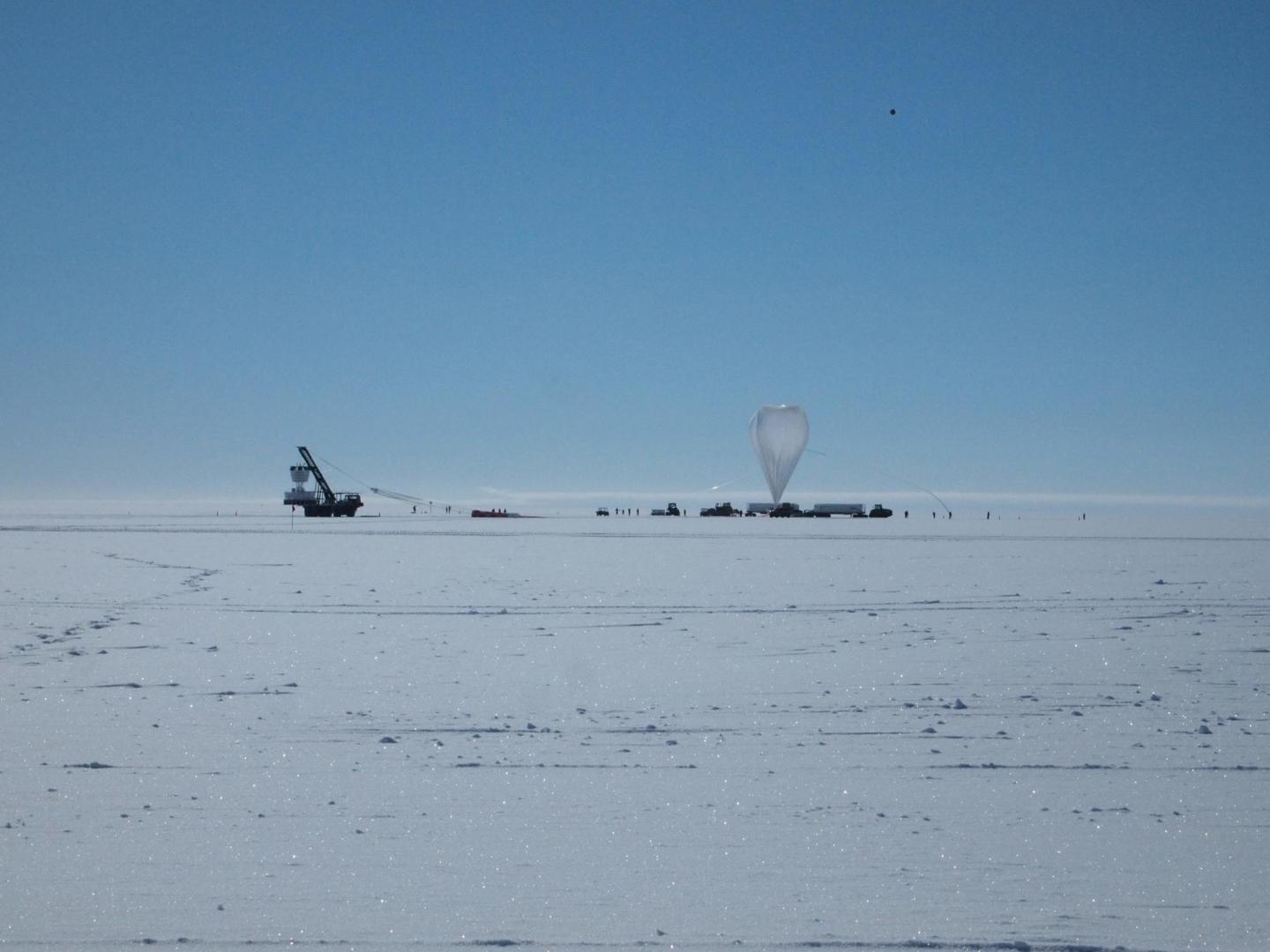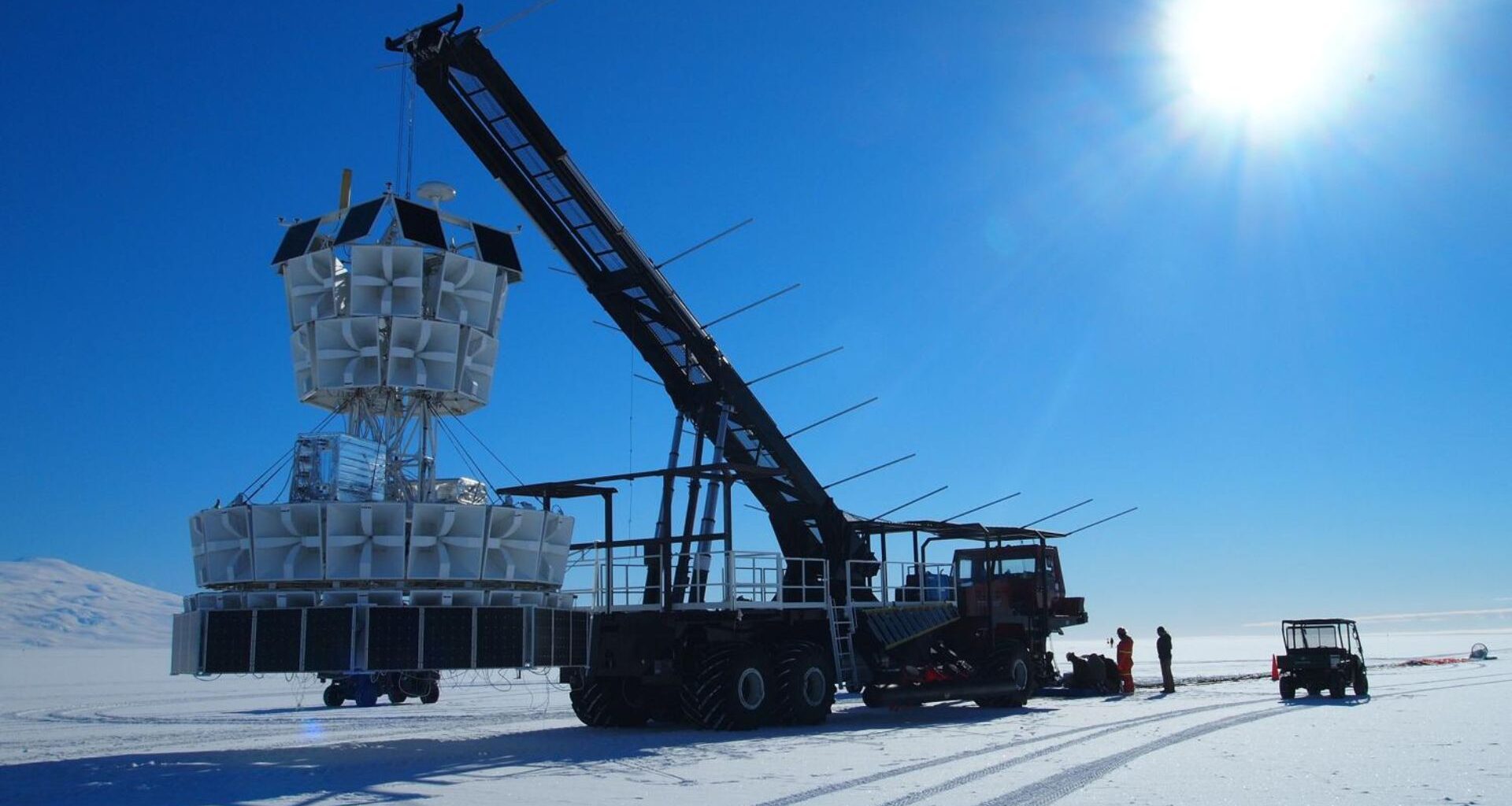A cosmic ray detector flying high above Antarctica has picked up bizarre signals that scientists say challenge established physics.
The Antarctic Impulsive Transient Antenna (ANITA) experiment, operated by an international team including researchers from Penn State, recorded radio pulses that appear to rise up through the Earth, something that shouldn’t be possible based on current models.
These signals, detected at steep upward angles, suggest the particles traveled through thousands of kilometers of solid rock before emerging from the ice.
That’s a scenario existing particle theories can’t explain.
This development raises the possibility of unknown particles or new forms of interaction among known particles.
Signals emerged from beneath the ice, not above
The ANITA experiment uses radio antennas mounted on balloons that fly about 40 kilometers above the Antarctic surface. These detectors listen for emissions produced when high-energy cosmic particles interact with the ice.
The expectation is that the detectors would pick up signals from neutrinos, which are among the most elusive subatomic particles in the universe.
But in this case, the signals didn’t behave as neutrino emissions should. The radio waves came from angles as steep as 30 degrees below the horizon.
Stephanie Wissel, a Penn State physicist who worked on the ANITA team, said this means the particles would have needed to pass through the Earth’s crust.
According to her, by the time such a signal emerged, it should have been absorbed.
The math just didn’t add up.
 ANITA flies over Antarctica to avoid signal interference and detect radio bursts from ice showers. Credit – Stephanie Wissel/Penn State.
ANITA flies over Antarctica to avoid signal interference and detect radio bursts from ice showers. Credit – Stephanie Wissel/Penn State.
Neutrinos ruled out as source of anomaly
Neutrinos are nearly massless, chargeless particles that rarely interact with matter. They constantly stream through space, Earth, and even the human body.
Wissel explained that “you have a billion neutrinos passing through your thumbnail at any moment,” but detecting them is difficult precisely because they don’t interact much.
When they do, however, they can offer crucial insights into events like supernovas or gamma-ray bursts.
This is what makes the ANITA signal so confusing. If a neutrino caused it, the fact that it was detected at all would imply it traveled through the Earth without interacting until the very end.
Yet the steep angle and characteristics of the signal suggest otherwise. “We still don’t actually have an explanation for what those anomalies are,” Wissel said, but it’s most likely not a neutrino.
Other detectors found no matching evidence
To test the findings, the team compared the ANITA data with information from two other major neutrino detectors, IceCube in Antarctica and the Pierre Auger Observatory in Argentina.
Neither experiment recorded anything similar. This lack of supporting data, Wissel said, rules out the most likely known particle sources and adds weight to the idea that something new may be at play.
Extensive simulations and models were also used to eliminate background noise and known cosmic-ray signatures.
The process left researchers with only one conclusion that the signals remain “anomalous.”
Next-gen detector may solve the mystery
Wissel and her colleagues at Penn State are already building a more advanced version of the ANITA experiment. The new detector, called PUEO, will offer greater sensitivity and a better chance at identifying what caused these unusual emissions.
She believes that PUEO may detect more of these signals and help researchers understand whether they’re seeing signs of new physics or just rare environmental effects.
“My guess is that some interesting radio propagation effect occurs near ice and also near the horizon that I don’t fully understand,” Wissel said. While the mystery remains unsolved, she’s hopeful the next flight will bring answers.
The full findings of the study are published in Physical Review Letters.
